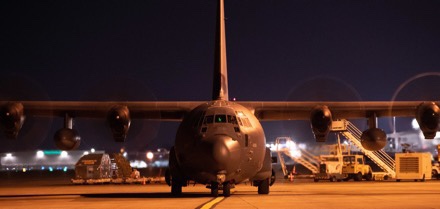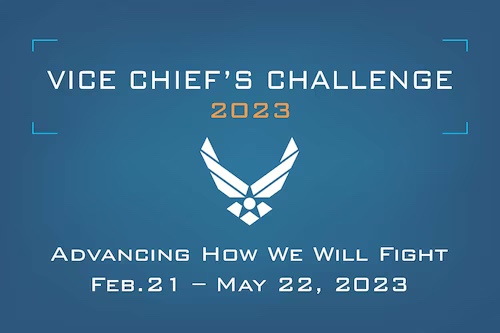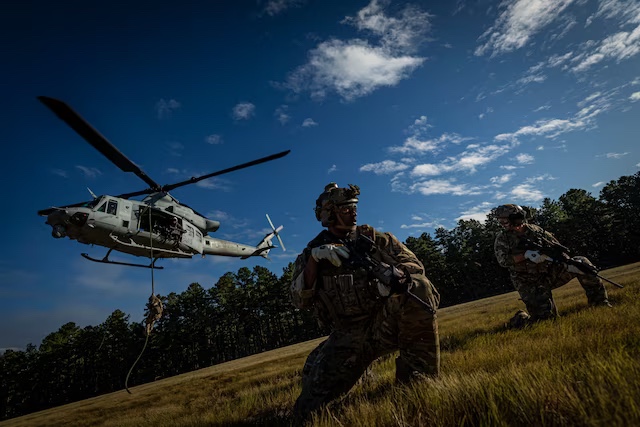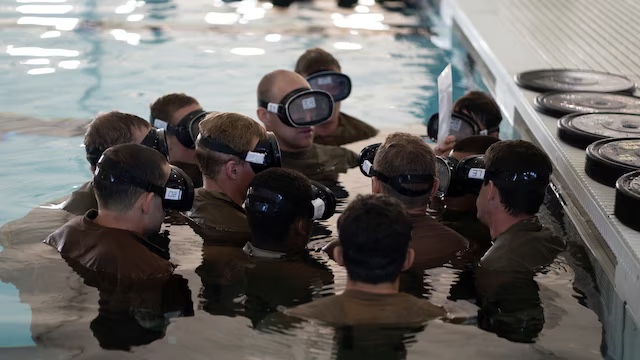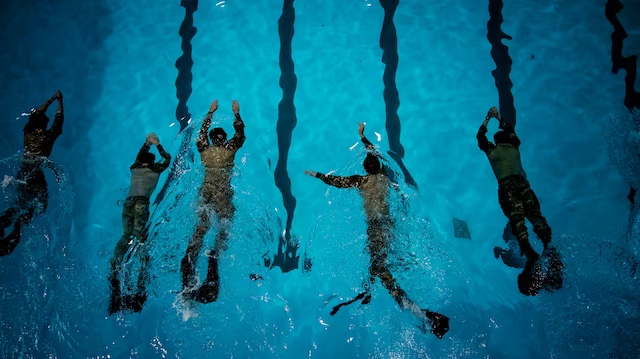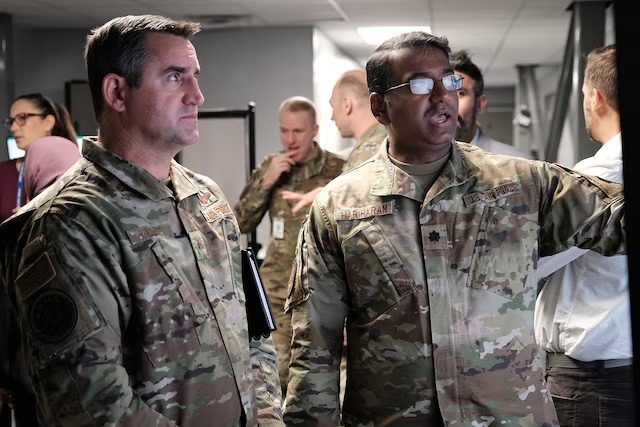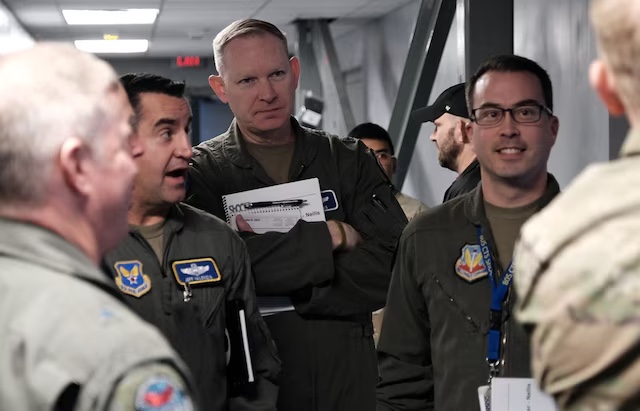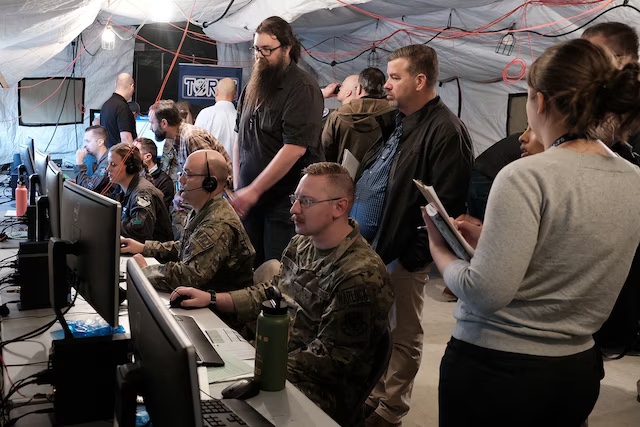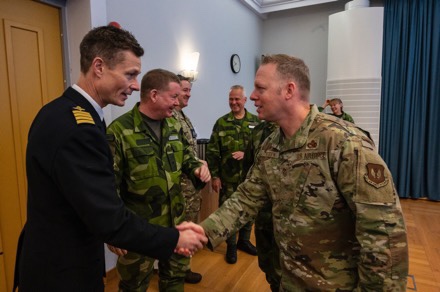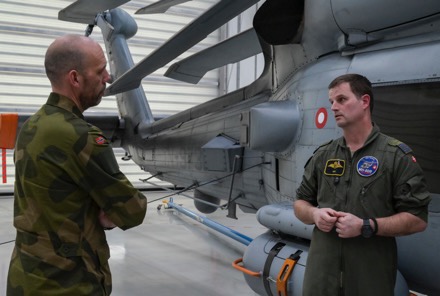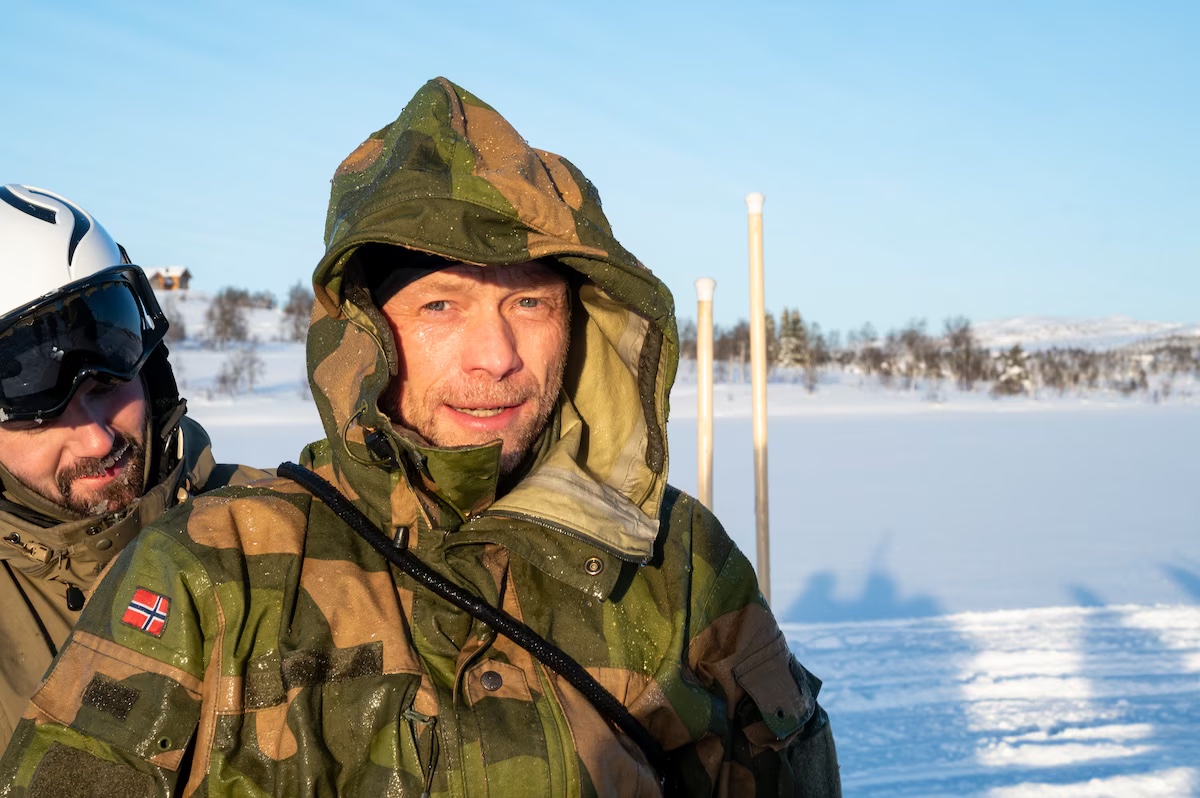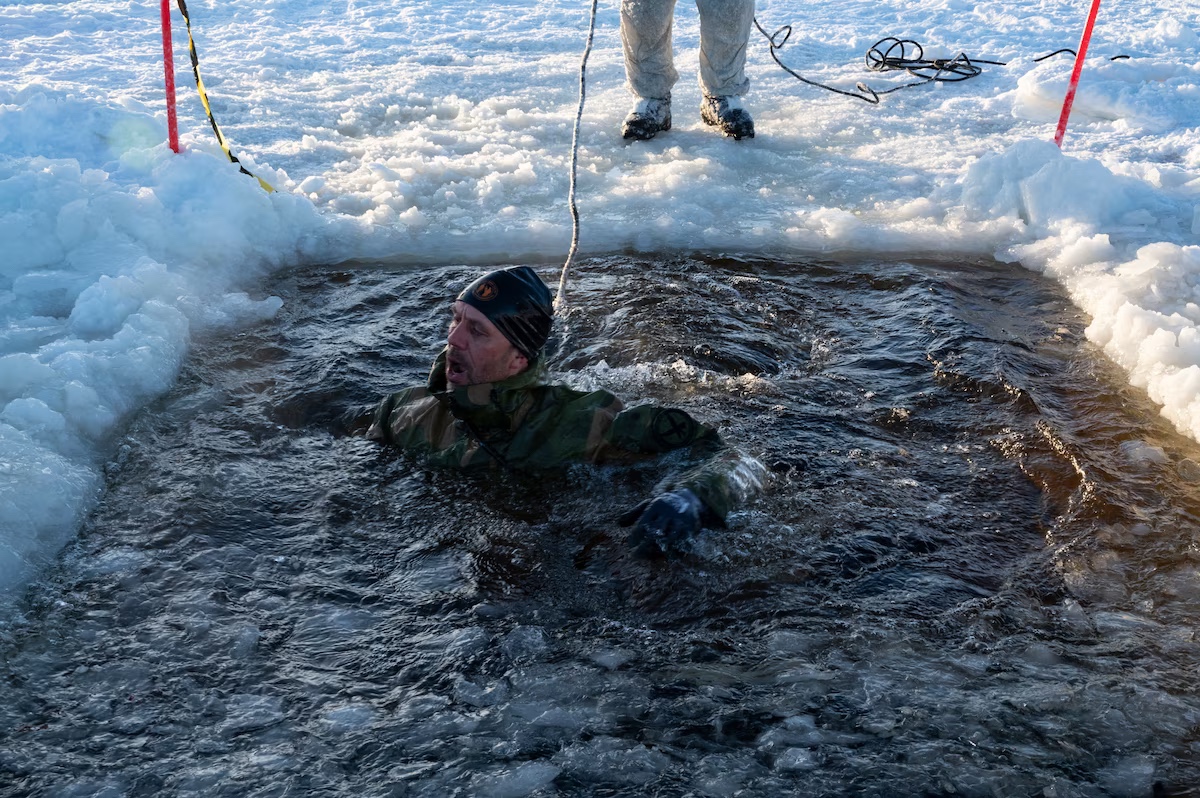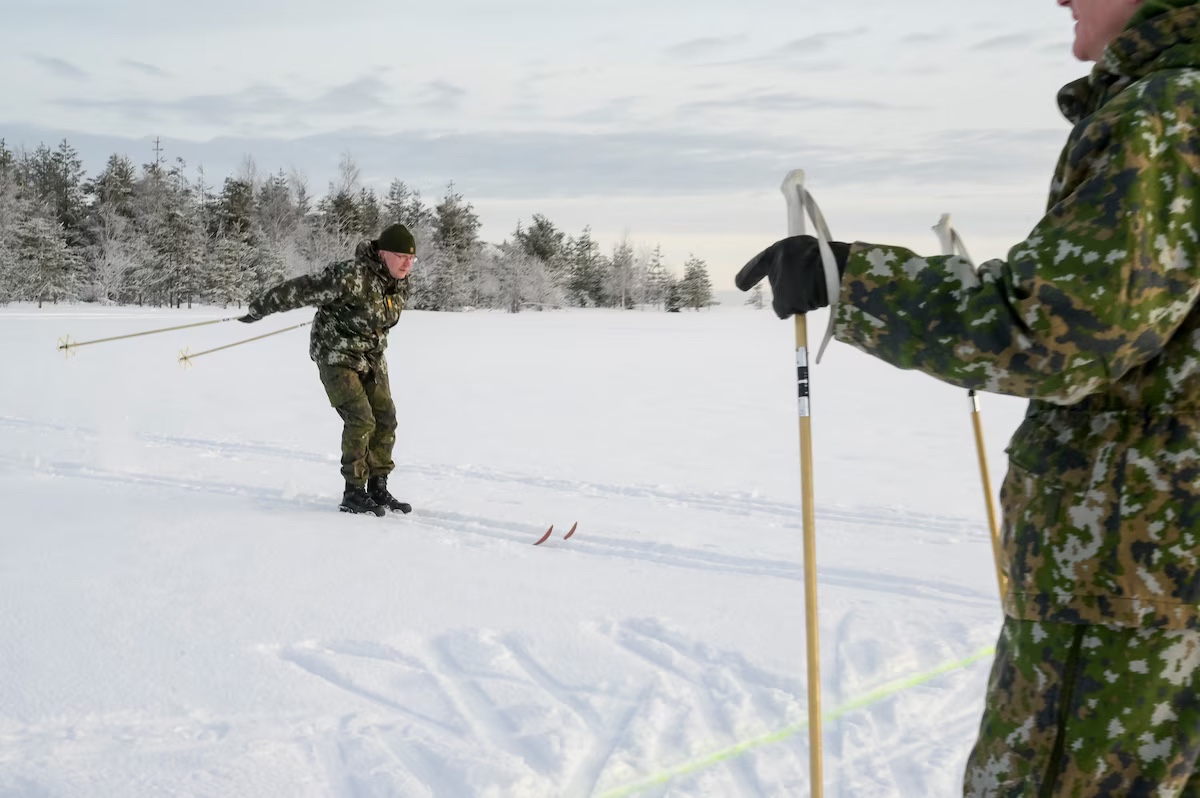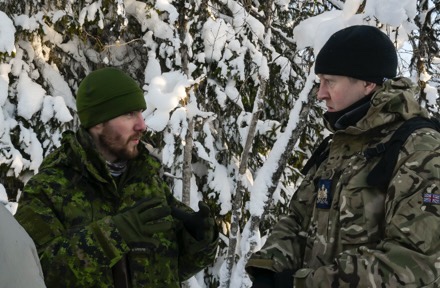GA-ASI to Deliver Three Aircraft to First U.S. Customer
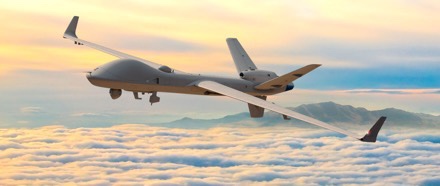
SAN DIEGO – 06 March 2023 – General Atomics Aeronautical Systems, Inc. is proud to announce a new contract with U.S. Air Force Special Operations Command (AFSOC) to provide three MQ-9B SkyGuardian® remotely piloted aircraft systems to its first U.S. customer.
AFSOC’s acquisition of MQ-9B builds on more than 20 years as a GA-ASI partner and more than 14 years flying the MQ-9A Reaper, operating more than 40 aircraft in harsh environments around the world.
MQ-9B will feature a key role in developing AFSOC’s new Adaptive Airborne Enterprise (A2E) concept, which envisions AFSOC projecting air power for special operations forces from beyond the horizon, using a family of large UAS and expendable, small UAS from permissive to denied environments.
“We’re very excited to continue our great partnership with AFSOC well into the future,” said David R. Alexander, president of GA-ASI. “MQ-9B is the ideal platform for inserting air-launched effects into potentially hostile environments. The MQ-9B’s combination of range, endurance, reduced manpower footprint, and overall flexibility will make it a true centerpiece of AFSOC’s future family of advanced UAS systems.”
MQ-9B represents the next generation of UAS, having demonstrated airborne endurance of more than 40 hours in certain configurations, automatic takeoffs and landings under SATCOM-only control, as well as a GA-ASI-developed Detect and Avoid System, among other upgrades. Its development is the result of a company-funded effort to deliver a UAS that can meet the stringent airworthiness certification requirements of various global military and civil authorities.
MQ-9B has garnered significant interest from customers throughout the world. After the UK Ministry of Defence selected MQ-9B SkyGuardian for its upcoming Protector program, the Belgian Ministry of Defense signed a contract for SkyGuardian. The Japan Coast Guard is currently operating MQ-9B in the SeaGuardian® configuration, which the Japan Maritime Self-Defense Force (JMSDF) also recently selected for its Medium-Altitude, Long-Endurance (MALE) RPAS Trial Operation Project beginning in April.






